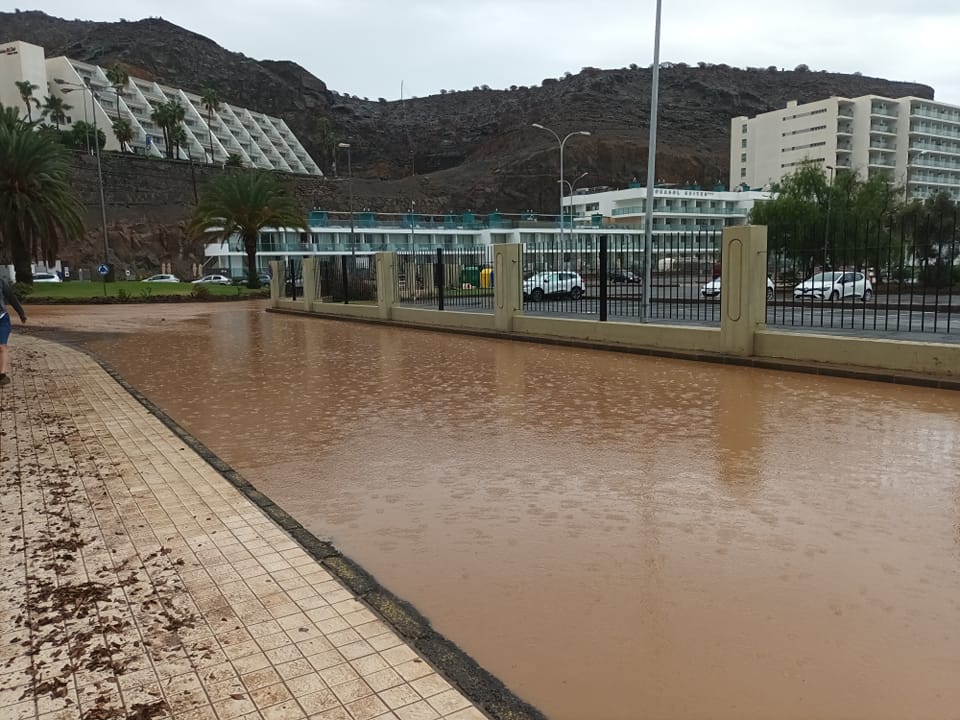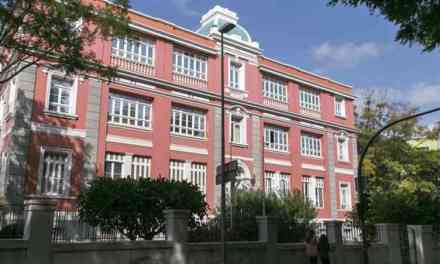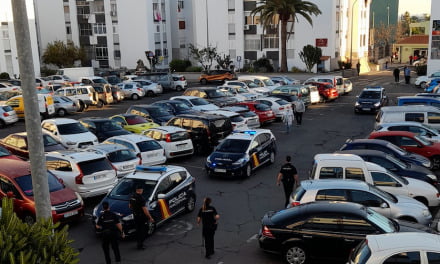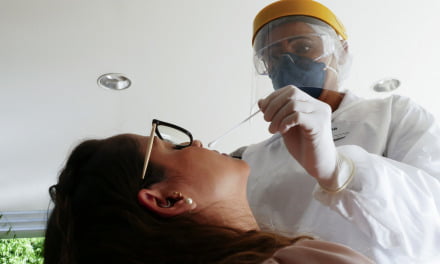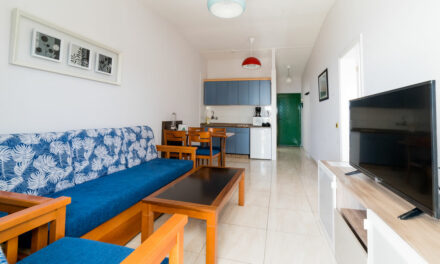Specifically, the private reservoirs have collected 1,970,440 cubic meters, 8% of the total volume, and the public reservoirs 741,772 cubic meters, a 3% increase in the total volume. In total, this represents a 39% increase over the previously available volume. And it continues to rain, said the director of the Primary Sector of the Corporation, Manuel Hidalgo, who added that it is expected to end up with around three million cubic meters of water available for farmers. Enough to see us through until at least 2024
This is very positive data if you take into account that the island was going through a serious episode of drought that had increased the price of water for cultivation for farmers, added to other problems they are experiencing. With last weekend’s rains, “the land will not need irrigation for two or three weeks,” Morales said.
However, the storm has left significant damage, especially in the municipality of La Aldea, where the president of the Canary Islands, Ángel Víctor Torres, went to meet with the mayor Tomás Pérez on Tuesday afternoon. The Cabildo says that the municipality is being supported and highlights the coordination between institutions. The municipality is still without water in many areas, as the desalination plant suffered damage. Hidalgo hopes that this Wednesday the water will be replaced in a large part of the town and that in two or three days the mains delivery pipe will be repaired.
One lane of the GC-1 is expected to reopen in three weeks time
Another important cost of this rainy season has been that of roads. €4 million will be used for five of them that will be repaired using the emergency procedures, such as on the GC-1 (where a retaining wall fell off at Las Huesas, in Telde causing hour long tailbacks on Tuesday). Another eight roads are expected to be repaired over the coming days with cleaning work underway.
The Minister of Public Works and Roads, Miguel Ángel del Pino, clarified that the work on the GC1 will last up to 5 months, but will be carried out at night and that it can be used during the day.
Other roads where work is being done are the GC-605, the GC-231, the GC-210, the GC-200, the GC-500, the GC-350 and the GC-810. Those declared in an emergency state are: GC-1, GC-80, GC-550, GC-800 and GC-301.
More than 160 litres per square meter was registered. The president explained that in the area of the large Cabildo dams (south/southwest), the average rainfall this weekend due to the passage of Hermine was about 80 millimeters. In the west (La Aldea), summit (Tejeda/Artenara/San Mateo), Las Palmas and Telde/Ingenio, more than 120 mm have been recorded, especially in the strip from west to east, from La Aldea to Telde.
The Minister of Public Works recalled that it was an intense weekend in terms of landslides and road closures, but he has insisted that the orography of Gran Canaria has meant that a large part of the roads are next to ravines, and therefore closures are somewhat unavoidable in these situations.

